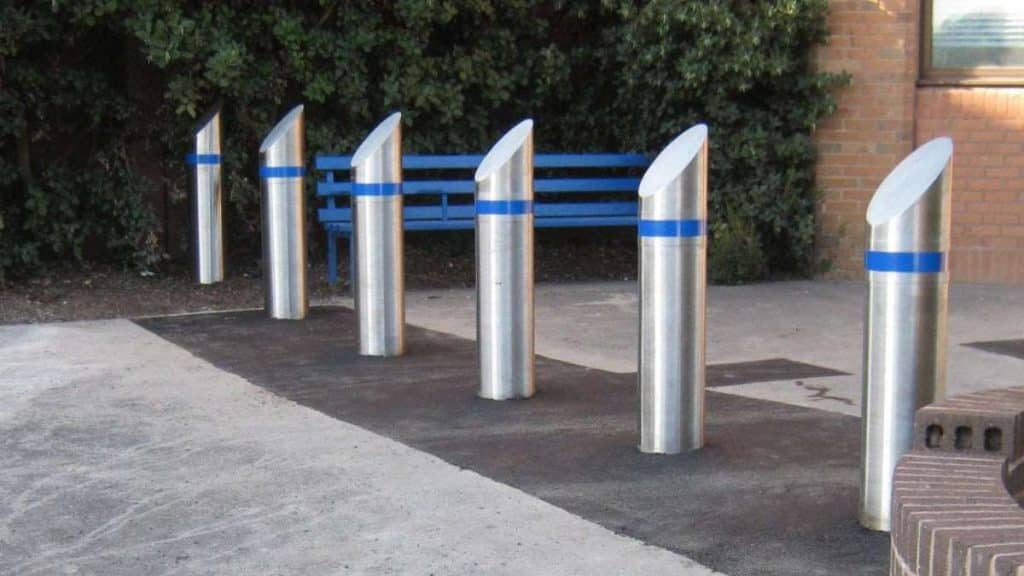When we think of city planning, rarely does the humble yet vital role of bollards come to mind. Yet, these small but significant structures play a pivotal role in maintaining traffic, security, and urban aesthetics. Even more intriguing, the use and design of bollards differs starkly across various cultures, adding uniqueness to cityscapes worldwide.
Nordic Simplicity and Functionality
In Scandinavia, minimalistic design reigns supreme and this translates to their bollards. With a strong emphasis on functionality and clean lines, Scandinavian bollards tend to be simple. They are designed to quietly blend into the cityscape while still performing their vital role of protecting pedestrians and assisting traffic flow.
Japanese Splendor
In contrast, Japan has a tradition of treating bollards as an opportunity to express regional or national themes. From lifelike bollards shaped like children in various poses, to those showcasing regional mascots, Japanese bollard designs are creative and colourful, helping to liven up spaces in a fun and meaningful way.
European Elements
European countries also have a distinct approach to bollards. French bollards are known for their elegance, often designed with wrought iron detailing that mimics the charm of Parisian streets. In Britain, bollards have been part of the urban landscape since Roman times and often echo elements of classical architecture, contributing to the visual identity of different regions.
American Adaptability
The United States, with its vast diverse landscapes and sprawling cities, requires bollards to be versatile. From LED-illuminated bollards in cities, to flexible bollards that can withstand being hit and spring back into place, America’s inventiveness spills over into their approach to bollards, showing that functionality and design can go hand in hand.
Indian Evolution
In India, a country rich in historical and cultural diversity, the bollard has evolved to take on a variety of forms. From stone pillars reflecting the architectural styles of various dynasties, to brightly painted structures reflecting vibrant regional art forms, Indian bollards add an extra layer of visual appeal to the urban landscape.
Conclusion
So, as we embark on global architectural tours, it might be worthwhile to halt by the seemingly insignificant bollards. As shown, these can be a reflection of each society’s aesthetic preferences, history, and functionality needs. In their individual designs and uses, bollards around the world illustrate how a common, fundamental attribute of our built environment can capture a snapshot of a country’s culture, a telling symbol of each nation’s uniqueness.
